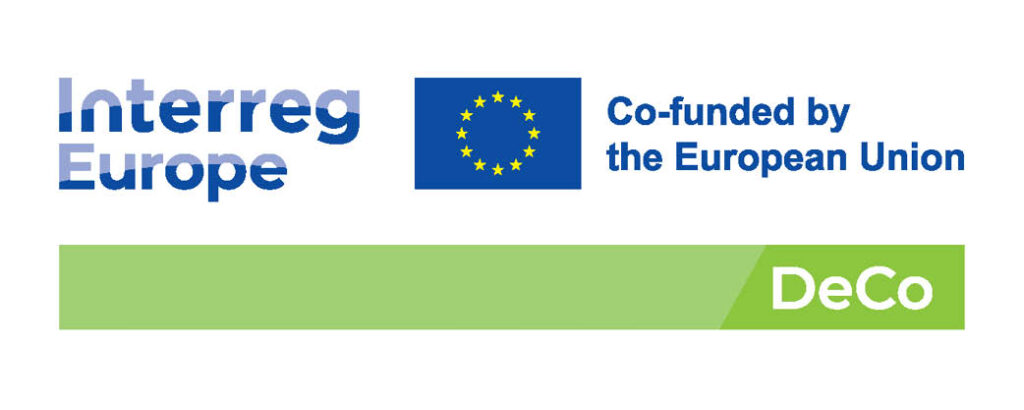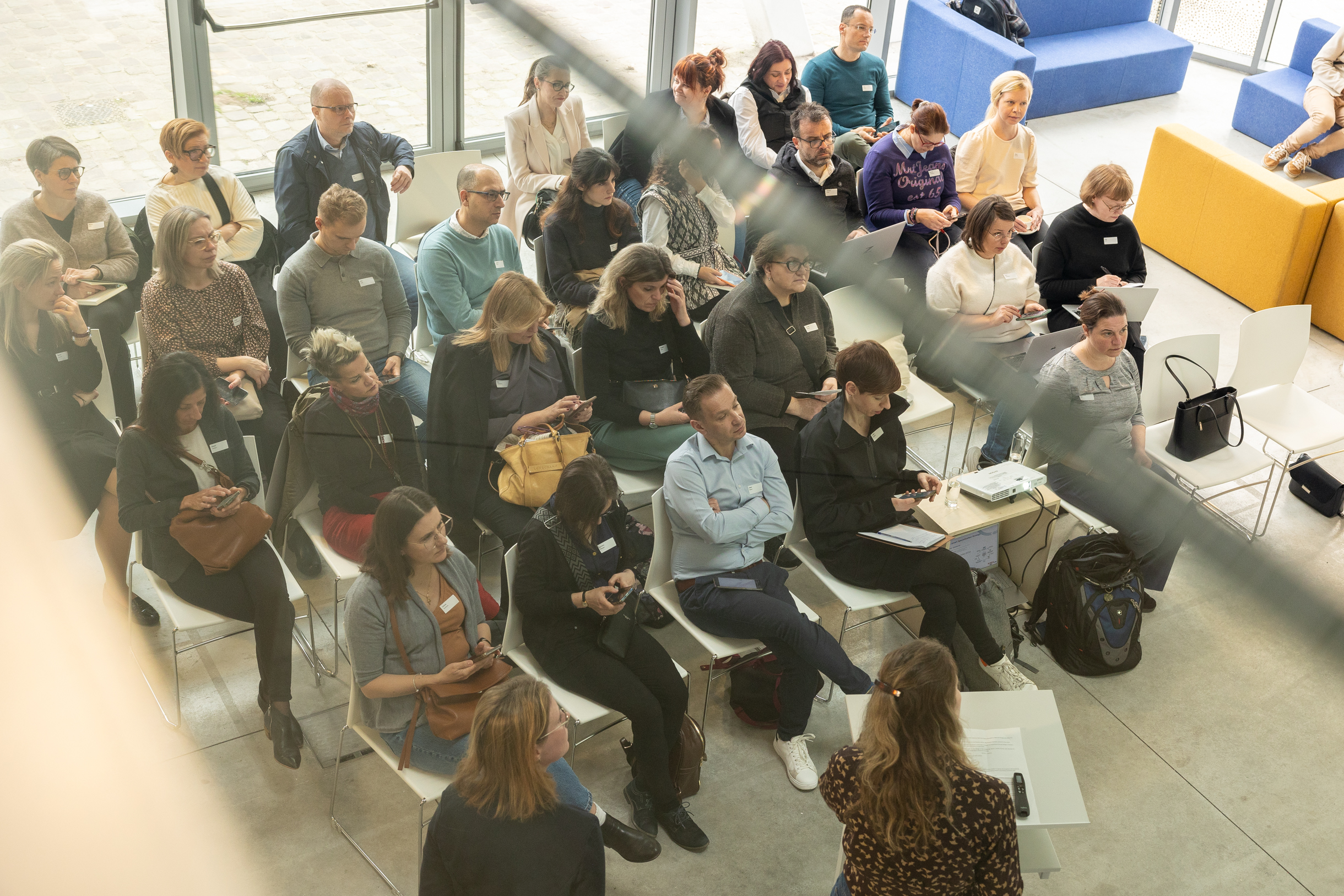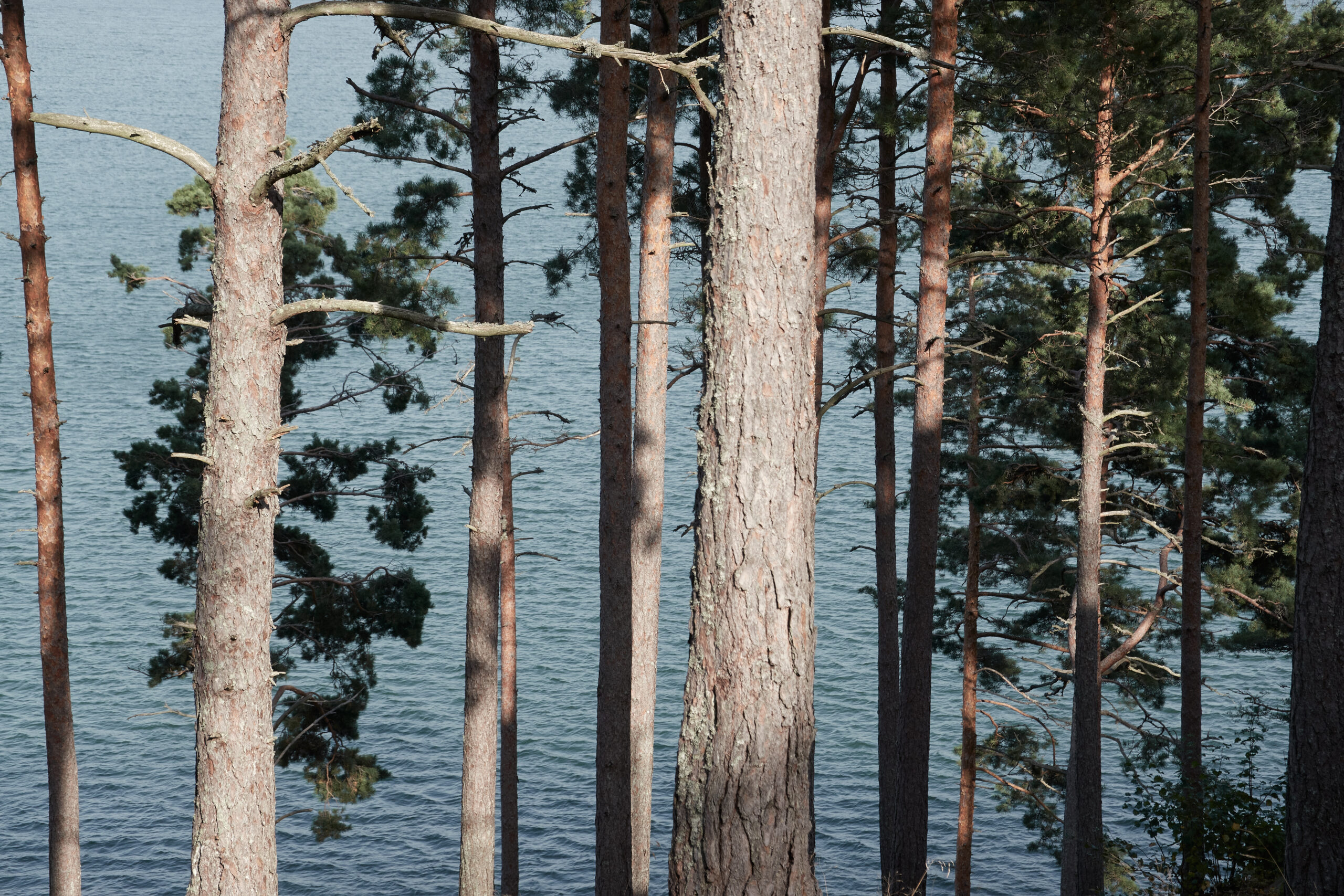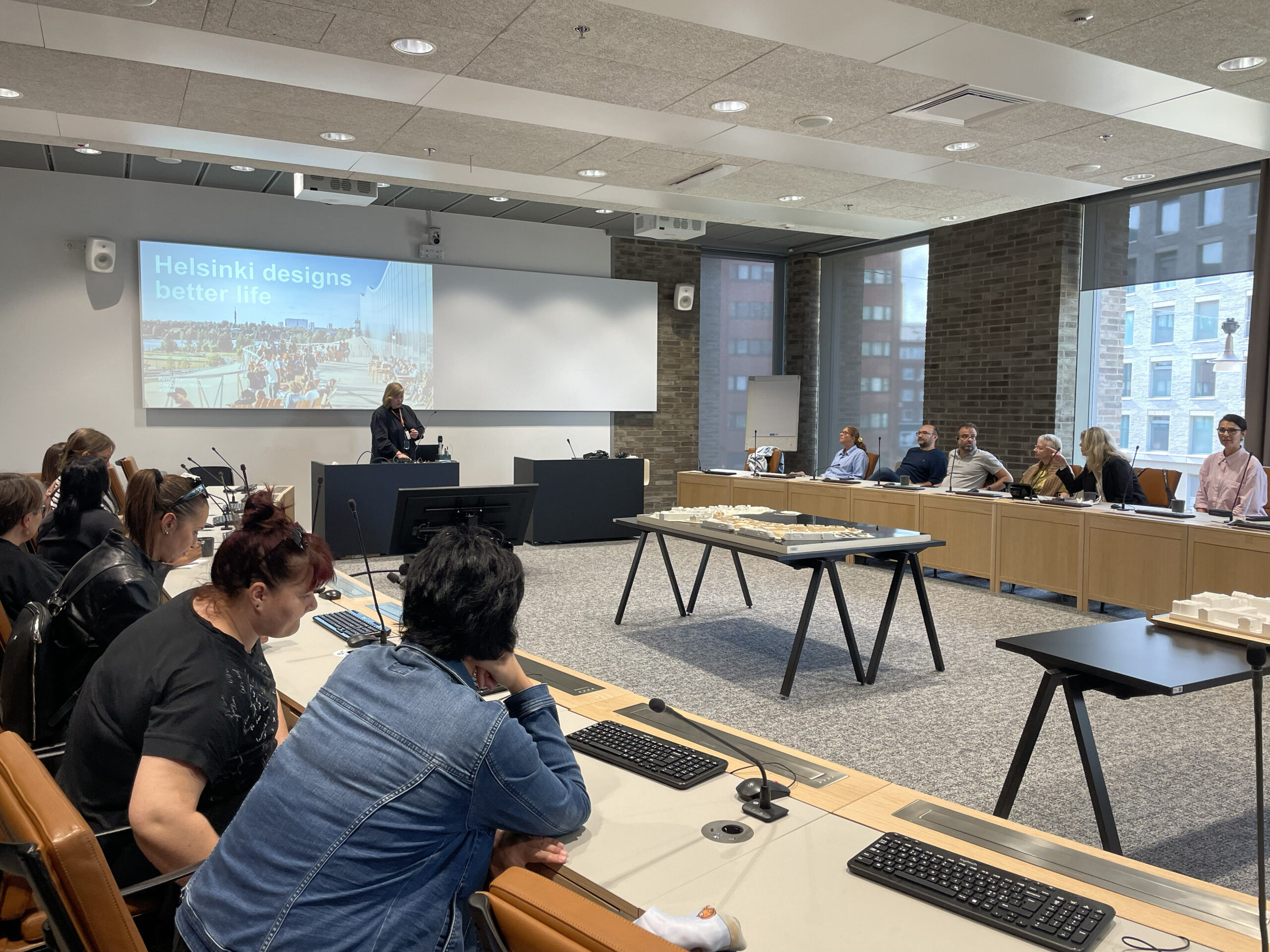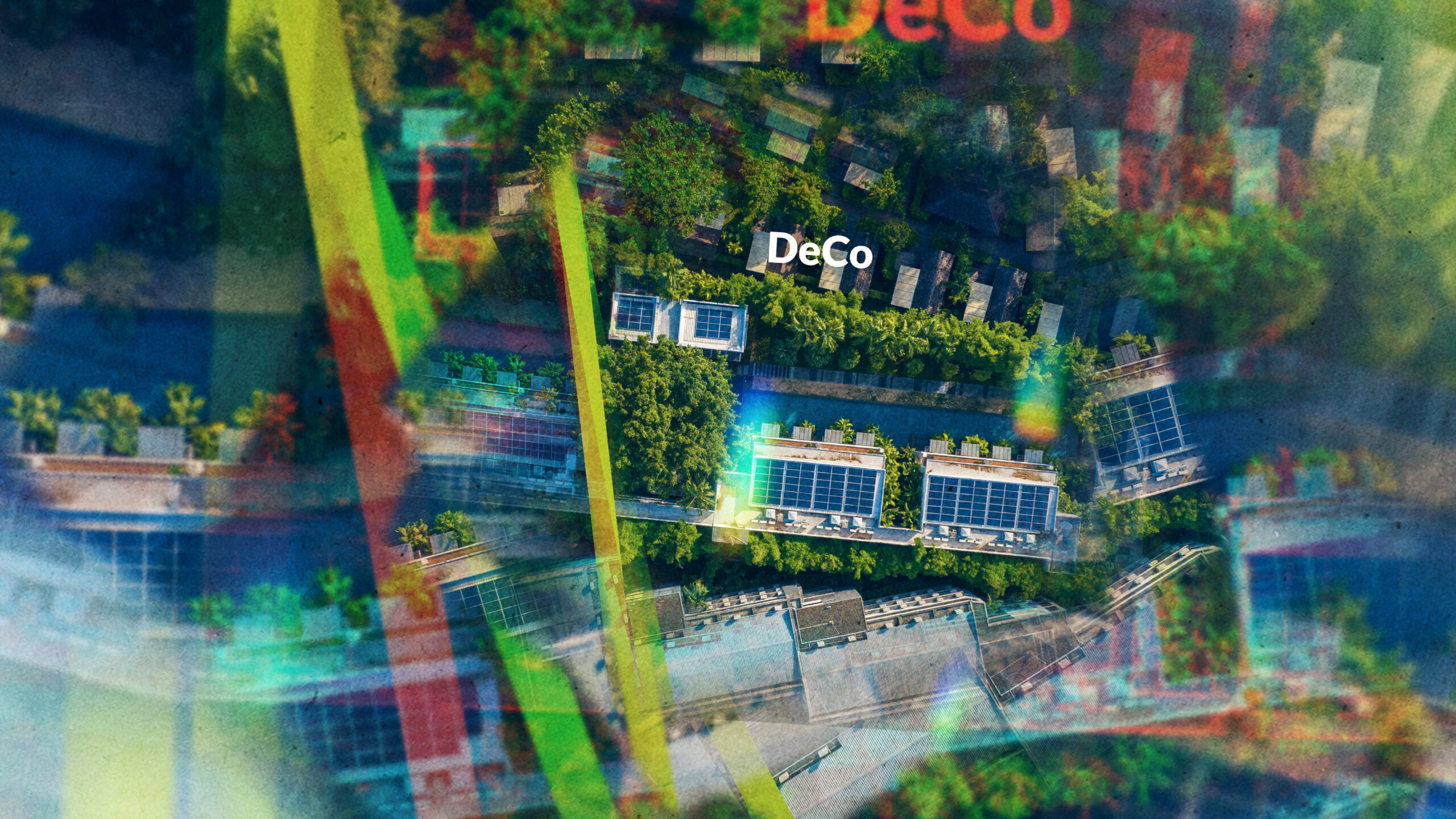News
The Circular Economy Trio: Business, Policy and Design
- Circular design
- Circular economy

Jonna Tötterman
CEO, CO-FOUNDER, MATTER OY
Interreg Europe`s Design Collaboration for Sustainable Business (DeCo) project has brought together organisations, companies and universities from Belgium, Finland, Spain, Greece, Poland, Croatia and Czechia. In this text, we will share the key insights and best practices from DeCo’s Round table discussions with partners and stakeholders across regions.
In March, DeCo focused on how public sector and design practices could support the private sector in circular business transformation. In the Round table session the expert introduction to the topic was given by Eero Jalava from Sitra. The main insights from the discussions did raise the need for targeted funding and legislation, to build the business cases and collaboration networks for circularity, and develop critical capabilities. In short, when policies, business and design are aligned towards the same goal, companies can move forward faster.
3 ways to boost circular transformation
1.) Support SMEs with targeted Funding and Policies
Many SMEs lack internal capacity and capabilities in jumping to circular business development, currently many companies need help in finding funding and navigating through complex legislation and policies. Funding can be the main incentive and driver for the beginning, but to be effective, funding instruments should support multidisciplinary projects. Moreover, funding is still seen as a way to cover the costs rather than as a strategic boost.
Best Practice: The Finnish Green Deal shows how shared public-private commitments can shape industry direction.
2.) Develop Business Cases and Capabilities
To be able to start, companies need support to understand the business case for circularity. A practical starting point are actions that are low in cost, clear in impact and easy to implement, which generate insights and confidence to progress. However, businesses need more help in developing the strategic combination of circularity, business and design capabilities.
Best practice: Offer public funding for SMEs to hire circular design experts enabling companies to increase their critical capabilities and start the business development.
Best practice: Showing examples, playbooks and guidelines is beneficial in raising motivation to start, but sharing successful experiences directly between companies is more effective. On top of this, tailored support and coaching for circular transformation will be needed.
3.) Build Collaboration Networks for Learning and Innovation
Most SMEs do not have R&D departments, and they need collaboration with external research centres for creating pilots, but there is a gap between pilots and scaling. Businesses need help in creating value networks for collaboration, learning and innovations. To support this change, the value of design is in facilitation and orchestration, but also in fast testing, iterations and development which reduces failed investments.
Best Practice: Sitra’s work in Finland demonstrates how coordinated support at industry level transition roadmaps creates peer pressure and momentum for action.
Best practice: In Brussels and in Finland, the public sector has been leveraging the change, whereas in Međimurje, Croatia, the most successful sustainable business transformations have been closely related to market demand adaptations in the B2B sector. There companies responded to market shifts and used circular approaches to stay competitive.
Change requires new thinking, capabilities, and the strategic use of design.
In conclusion, circularity is still often perceived as a cost and a challenge—unless we embrace multidisciplinary approaches. When many of the most accessible cost efficiency gains have already been captured, the next phases require deeper transformation. To go forward, companies need support in building the capabilities that turn sustainability from a burden into a source of business value—where circularity becomes a driver of innovation and opportunity. This transformation demands both material and business model innovation, underpinned by systemic, analytical, and creative thinking. This is where design proves its true value: making sense in complexity, guiding iterative development that reduces risks, as well as envisioning future circular business models and solutions that serve both people and the planet.
Read more about the DeCo project.
Photo: DeCo
